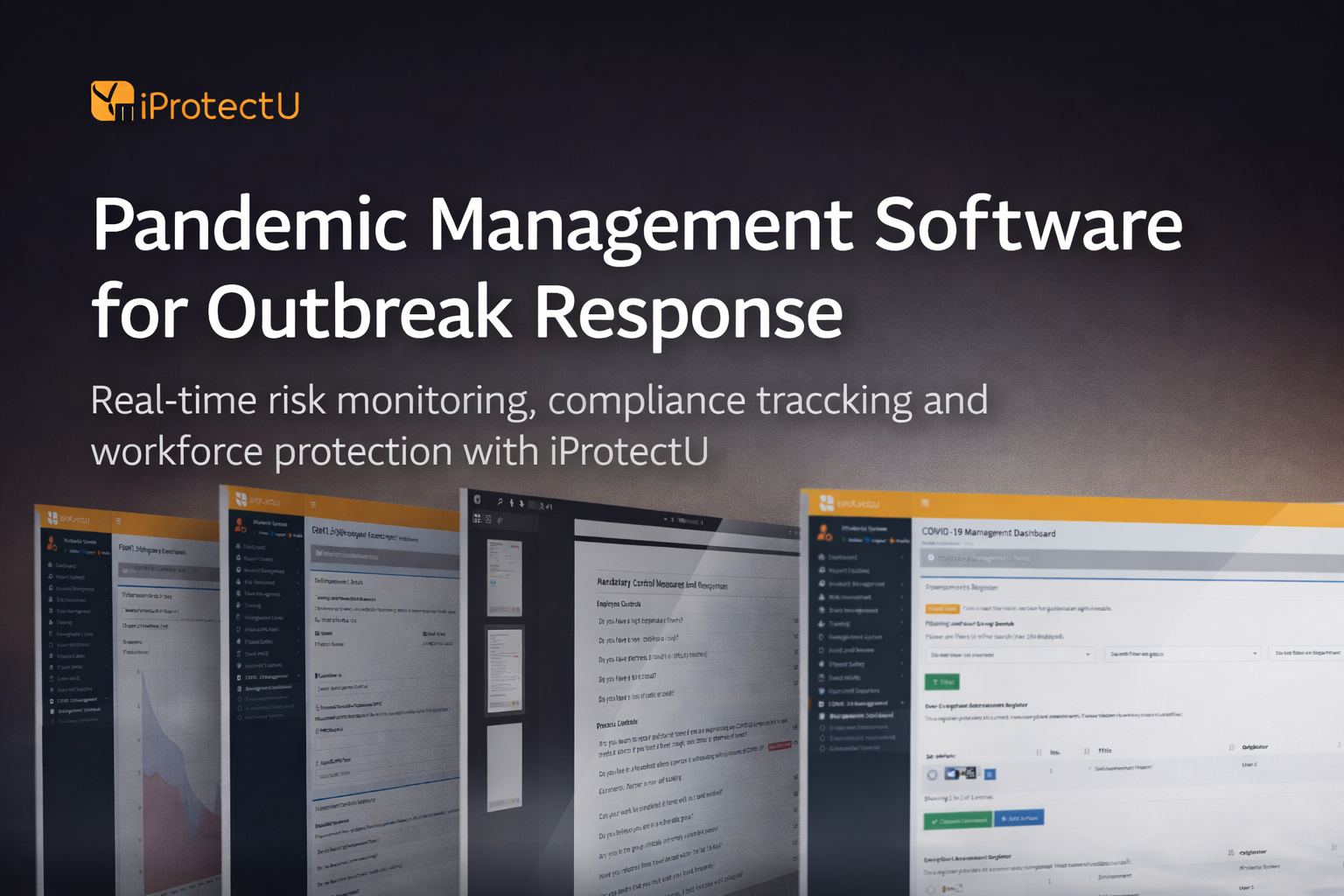
A Very iProtectU New Year’s Tale – From Compliance to Continuous Confidence in 2026!
As we step into 2026, it’s time to embrace a smarter approach to safety. Discover
Health and Safety Software » Health and Safety Software News » Risk Assessment » Chemical Management » Hazardous Material Spills or Leaks in Manufacturing

However, certain industries, such as those that work with chemicals, petroleum, or other hazardous substances, are at a higher risk of experiencing a hazardous material spill.
Hazardous material spills can have serious consequences for workers, the environment, and the community. They can lead to injuries or fatalities, environmental damage, and property damage. In some cases, they can also lead to legal and financial liabilities for the manufacturing company.
Causes of Hazardous Material Spills or Leaks in Manufacturing
Types of Hazardous Materials that Can Spill or Leak in Manufacturing
Impacts of Hazardous Material Spills or Leaks in Manufacturing
Preventing Hazardous Material Spills or Leaks in Manufacturing
Responding to Hazardous Material Spills or Leaks in Manufacturing
The iProtectU health and safety software provides:
Arrange your demonstration
Let us show you how we can transform your health and safety, risk and compliance management
Please choose a date and time for your demo. We look forward to meeting with you.

As we step into 2026, it’s time to embrace a smarter approach to safety. Discover

Ho ho hold on – before you climb that ladder to hang the fairy lights…

Europe’s rising influenza activity underscores the importance of having the right digital tools in place.

iProtectU is proud to support the Final Straw Foundation’s Native Oyster Restoration Project, helping restore

When a national voice like IBEC publishes your perspective, it matters.
This week, iProtectU

Modern HSE software has evolved into a strategic necessity, empowering organisations to manage risk proactively,